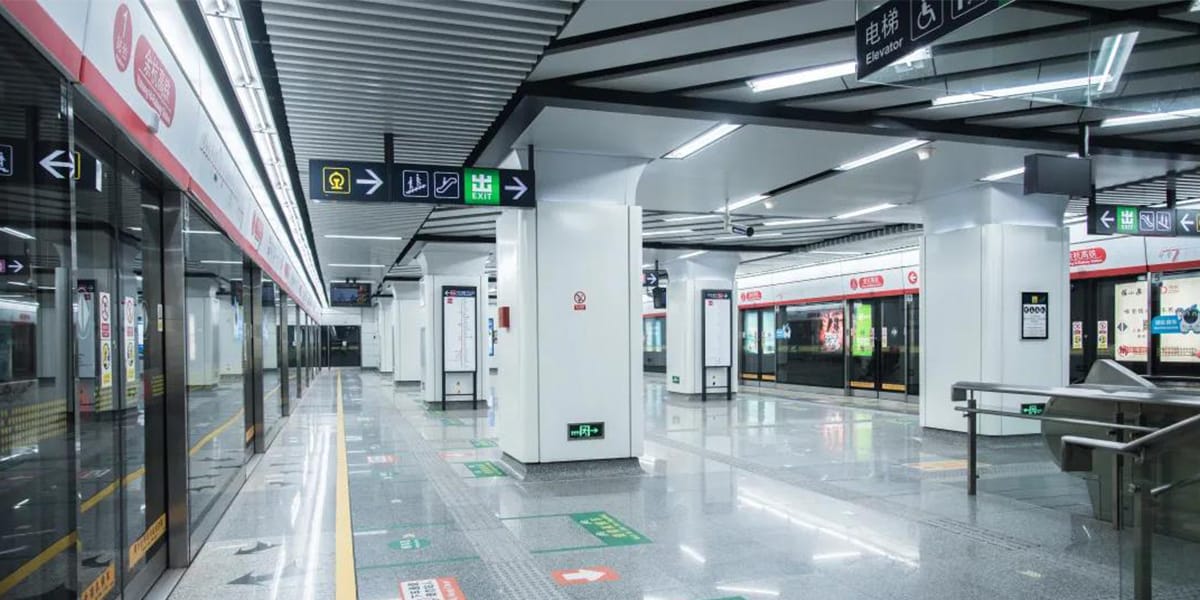
11 Aug A Complete Guide to Aluminum Composite Material Applications
Table of Contents
Aluminum composite material is a light and strong panel. It is made by joining aluminum sheets to a center core. Many architects use it for building outsides, curtain walls, and inside designs. In 2024, the world market was about $6.5 billion. Construction used more than half of all aluminum composite material. The chart below shows big growth in building and design jobs. This growth happens because of good things like insulation, weather protection, and easy design changes. These good things make aluminum composite material a top pick for architects. They use it for new and useful projects.
Key Takeaways
Aluminum composite panels are light and strong. They can handle bad weather. This makes them great for many building projects.
Picking the right core type is important. Fire-resistant mineral cores help keep people safe. They also follow building rules, especially in tall buildings.
These panels let you choose many colors and finishes. You can pick different shapes too. This helps architects make cool and strong buildings.
You need to install panels the right way. Cleaning them often keeps them looking nice. They can last up to 30 years. This saves money and work.
Aluminum composite panels help save energy. They are good for recycling. This makes them a smart and green choice for new buildings.
Aluminum Composite Material

What Is ACM?
Aluminum composite material is a new building product. It is used in many different industries. It has two thin aluminum sheets and a core. The core is made from plastic or minerals. This makes the panel strong and light. It is also easy to bend. Many architects and builders like these panels. They are strong and simple to use. You can use them inside or outside buildings. People use them for cladding, facades, and furniture. These panels do not get damaged by weather. They keep their shape for a long time. Special coatings like PVDF or polyester protect the panels more. These coatings also make the panels look better. Aluminum composite material is popular. It is tough, lets you design in many ways, and saves money.
Structure and Core
Aluminum composite panels are special because of their structure. Each panel has two aluminum layers on the outside. These layers make the panel strong. They also stop damage. The core is in the middle of the panel. The kind of core changes how the panel works. Some panels have a polyethylene (PE) core. This core makes the panel light and easy to bend. Other panels have a fire-resistant mineral core. This core keeps people safe, especially in tall buildings.
The table below shows how the core type changes what the panel can do:
Core Composition Type | Performance Impact | Fire Resistance | Application Suitability | Cost Impact |
|---|---|---|---|---|
Polyethylene (PE) Core | Light, cheap, bends easily, does not warp, good for buildings up to two stories | Not very fire safe (can burn, B3 grade) | Good for short buildings and projects that need to save money | Costs less |
Fire-Resistant Core | Stiff, strong, keeps its shape, does not warp | Very fire safe (does not burn, A2 to B1) | Needed for tall or big buildings with strict fire rules | Costs more |
Aluminum composite panels use different cores for different jobs. The core you pick changes the weight, safety, and price. Builders choose the best panel for their project. These panels can be used for many things, like signs or factories.
Features
Durability
Aluminum composite panels are very tough. They do not break easily in tests. They can handle hits, sunlight, wet air, and rust better than many other wall materials. The table below shows how well these panels do in different tests:
Test Type | Standard | Results |
|---|---|---|
Impact Resistance | ASTM E1996 | No holes or breaks after a big hit |
UV Resistance | ASTM D2244 | Only a little color change after 10 years in the sun |
Humidity Resistance | ASTM D2247 | No bubbles after 4000 hours in wet air |
Corrosion Resistance | ASTM B117 | Very little rust after 4000 hours of salt spray |
Adhesion | ASTM D3359 | The coating stays on |
Fire Resistance | ASTM E84, etc. | Fire-retardant core panels get Class A ratings |
A new study made fire tests better. This helps builders trust that these panels are safe to use.
Weather Resistance
Aluminum composite panels protect buildings from all kinds of weather. They keep their shape and color in hot, cold, and rainy weather. Their smooth surface stops water from getting in, so leaks are rare. These panels stay on even in strong winds. Special coatings block the sun, so the panels do not fade or peel. Snow and ice slide off, so ice dams do not form.
Many famous buildings, like the Burj Khalifa, use these panels. They last a long time, even in bad weather.
Tip: Clean the panels and check the joints often. This keeps them waterproof and looking nice.
Design Flexibility
Aluminum composite panels let architects try many designs. They come in lots of colors, textures, and finishes. Some look like wood, stone, or mirrors. Builders can cut, bend, or shape the panels for cool ideas. The panels work on flat or curved walls. They are good for special designs.
Design Option | Details |
|---|---|
Colors | |
Surface Finishes | PVDF, powder coat, mirror, brushed |
Fabrication | Cutting, bending, engraving, perforation |
Sizes | Standard and custom up to 1600×5100 mm |
These panels are also good for the planet. They can be recycled and make buildings lighter.
Lightweight
Aluminum composite panels are much lighter than solid aluminum or steel. A panel weighs about half as much as a solid aluminum sheet of the same size. This makes them easy to carry and put up. Builders can use bigger panels without making the building too heavy. The light weight puts less stress on the building and saves money on shipping.
Composites are up to 70% lighter than steel.
Aluminum composite panels spread weight better and bend more easily.
Their light weight is great for projects where less weight is needed.
Aluminum Composite Material Applications
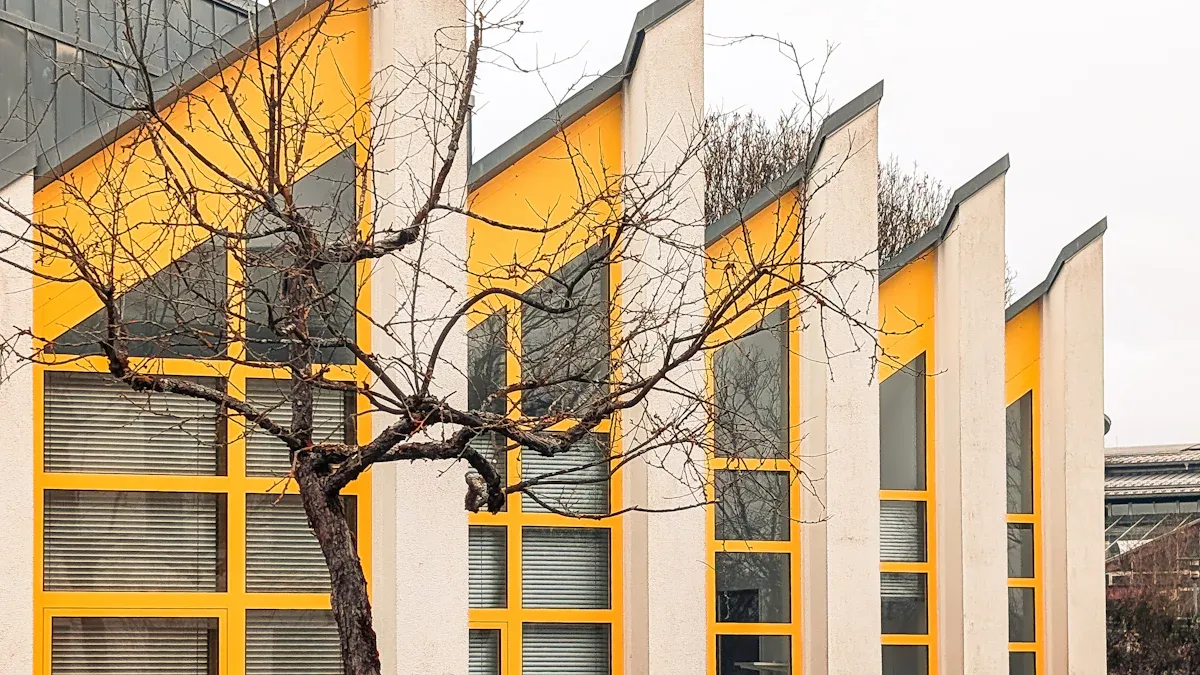
Aluminum composite panels are very important in new buildings and design. People use them for many things inside and outside. These panels are strong and light. They come in many finishes. This makes them good for many jobs in different fields.
Exterior Cladding
People use aluminum composite panels a lot for outside walls. Builders pick them because they are strong and look nice. The panels keep rain, sun, and heat away from buildings. They also make buildings lighter.
Some main reasons to use aluminum composite panels outside are:
They are light and strong, so buildings are not too heavy.
They stand up to bad weather and do not rust or fade.
Some have special cores that help stop fires.
You can pick from over 50 colors and finishes.
They are easy to put up and do not cost much to install.
These panels are good for the planet and can be recycled.
They do not need much cleaning or care.
The panels help block noise because of their layers.
They last a long time, up to 30 years, and have good warranties.
Architects use these panels for outside walls and curtain walls. The panels keep their color and shape in tough weather. They can be used in many ways, so designers can make cool buildings.
Note: You can bend or curve these panels to fit special shapes. This helps make creative building designs.
Interior Uses
Aluminum composite panels are also used inside buildings. Designers use them for walls, ceilings, and room dividers. These panels make rooms look better and hide wall problems. They are also strong and help stop fires, which is good for public places.
Some common ways to use them inside are:
Wall panels in offices, schools, and hospitals.
Dividers to make private spaces.
Ceilings and soffits, sometimes with air vents.
Store signs and displays.
These panels are simple to put up and do not need much care. Their smooth surface is easy to clean. They come in many colors and styles, so designers can match any look.
Signage
Many people use aluminum composite panels for signs. The panels are flat and smooth, so pictures and words look clear. They are light, so it is easy to hang them. They are also strong and last outside.
Some good things about using these panels for signs:
They are tough and last longer than wood or steel.
They do not rust or get damaged by weather.
They are light, so you can move them easily.
There are many colors and finishes to pick from.
You can cut them into different shapes and sizes.
They do not get hurt by water, sun, or heat.
They help stop fires and can take hits without breaking.
Stores and companies use these panels for signs inside and outside. The signs look good for many years, even in busy cities.
Transportation
Aluminum composite panels are used in buses, trains, planes, and trucks. Makers use them to make vehicles lighter. This helps save fuel and money.
Vehicle Type | Application Areas | Key Benefits |
|---|---|---|
Buses | Inside walls, ceilings | Light, strong, and look nice |
Trains | Walls, dividers | Safe from fire, easy to clean |
Airplanes | Cabin walls, storage | Less weight, safer for people |
Trucks | Trailer walls, storage | Strong and safe from bad weather |
These panels do not dent or scratch easily, so vehicles look new longer. Their fire safety helps keep people safe, especially in buses and trains. The panels last a long time, even in tough weather.
Industrial Uses
Factories and warehouses use aluminum composite panels for many things. They use them for walls, insulation, and covering machines. The panels are light but do not bend easily, so they are simple to use.
Makers join the aluminum layers to the core in a special way. This makes the panels strong and keeps out bad weather. Coatings help stop damage from sun, water, and dirt. This means less cleaning and longer life.
The panels keep buildings cool by stopping heat. They can be recycled, which is good for the earth. The panels also help stop fires, which is important in factories.
Tip: You can cut and shape these panels with normal tools. This makes them easy to use for many factory jobs.
Types of Aluminum Composite Panels
 Standard Panels
Standard Panels
Standard aluminum composite panels have a plastic core. This core sits between two thin aluminum sheets. These panels are light and simple to put up. Builders use them for signs, short buildings, and inside walls. They are strong and protect against weather. But the plastic core can catch fire. In the Grenfell Tower fire in 2017 and the Catford fire in 2007, these panels helped fire spread fast. These fires showed that standard panels do not stop fire well. This can cause big damage.
Aspect | Standard Aluminum Composite Panel (ACP) | Fire-Resistant Panel (ACM) |
|---|---|---|
Core Material | Polyethylene (PE), combustible plastic core | Mineral-filled or fireproof core, non-combustible or flame-retardant |
Fire Resistance | Higher; meets stricter fire safety standards, often Class A or equivalent | |
Weight | Lighter due to plastic core (~2.5 lbs/ft²) | Slightly heavier due to denser mineral core |
Cost | Less expensive, budget-friendly | More expensive due to fire-resistant materials and processes |
Application Scenarios | Suitable for interiors, low-rise buildings, less strict fire codes | Preferred for high-rise, hospitals, schools, high-risk areas requiring strict fire codes |
Note: Many tall buildings cannot use standard aluminum composite panels. This is because they do not stop fire well.
Fire-Resistant Panels
Fire-resistant aluminum composite panels have a mineral core. This core does not burn easily. It helps stop fire from spreading. These panels meet tough safety rules. They often get a top rating for fire safety. Builders use them in tall buildings, hospitals, and schools. These places need extra safety. Fire-resistant panels pass hard tests for fire and smoke. They help keep people and buildings safe during a fire. The Grenfell Tower fire showed why these panels are important. Picking the right panel can save lives and stop loss.
Fire-resistant panels cost more and weigh a bit more than standard ones. But their fire safety and insulation make them best for strict safety rules.
Finishes and Colors
Aluminum composite panels come in many colors and finishes. Designers can pick glossy, matte, shiny, wood, or stone looks. Some panels have special coatings. These coatings can stop graffiti or reflect light. ALUCOBOND, a top brand, has over 90 color and finish choices. These options help designers match any style.
Many standard and custom colors, like metallic and nature colors
Finishes include matte, gloss, woodgrain, stone, and mirror
Textures make buildings look special
Special coatings protect from weather, dirt, and graffiti
These choices let designers make unique looks inside and outside. The finishes keep their color and shine for years, even in bad weather.
Tip: With so many finishes and colors, designers can make creative ideas real.
Installation
Preparation
Getting ready is important so aluminum composite panels work well and last. Installers do many steps before they start the main job:
They check the area and measure it carefully. This helps plan where each panel goes and stops mistakes.
Workers clean the surface with a soft cloth and mild cleaner. The area must be dry before they keep going.
They mark where the panels will go on the wall or ceiling. This step looks at things like outlets and keeps lines straight.
Installers put the panels in place without attaching them. This checks if the panels fit and line up right.
A strong frame or subframe is put in and made level. It is usually made of aluminum or galvanized steel.
They get all the tools and materials they need, like tape measures, saws, drills, screws, and safety gear.
Workers cut and shape the panels to fit the design and thickness.
They attach the panels with screws that are spaced out evenly for strength.
All the joints and edges are sealed with the right sealant. This keeps out water, dust, and air. 10. Safety gear like gloves, goggles, and dust masks is used the whole time.
Tip: Good planning and getting ready help stop expensive mistakes when installing.
Methods
Installers use different ways to put up aluminum composite panels. The cassette or rainscreen system is used a lot in big buildings. In this way, panels fit into tray-like holders. This makes it easy to take out or change panels. Workers use screws to hold panels and sometimes add glue for extra strength. There is a gap behind the panels for air. This helps keep out moisture and makes the panels last longer.
First, a galvanized frame is welded to the building. Panels are cut, grooved, and bent, then fixed with rivets and screws. Big panels get extra support from a strong frame. Installers leave a small space between panels and seal the joints with weatherproof silicone. This way gives strong, flexible, and long-lasting results.
Common Issues
Some problems can happen when putting up panels, but careful work stops most of them:
Panels should be kept in dry, airy places away from water and strong chemicals.
When moving panels, workers lay them flat and lift from all sides. This stops scratches.
Using the right tools and bending the right way stops breaks and paint damage.
Bending with even force keeps cracks from forming.
Panels should be put up on the same level and face the same way. This stops visual mistakes.
The protective film should come off within 45 days. This stops sticky problems.
For outside, fluorocarbon-coated panels last longer.
Clean panels only with neutral soap, not strong acids or bases.
Note: Doing these steps helps panels look nice and work well for a long time.
Maintenance
 Cleaning
Cleaning
Cleaning aluminum composite panels often keeps them looking nice. It also helps them last longer. Workers should look at each panel before cleaning. They check for damage or loose spots. If they find problems, they fix them first. This stops water from getting behind the panels.
To clean, workers spray water from the top down. This washes off dirt and keeps water out from under the panels. They use warm water with a gentle soap and a soft cloth. Cleaning is done in small parts, moving from top to bottom. This stops streaks and keeps soap from drying on the panels.
If there are tough stains or mildew, workers use a mix of bleach and water. The mix is one part bleach and four parts water. They spray it on the stain and rinse it off after a few minutes. For hard dirt, they can use a pressure washer. But they use low pressure and only if the panels are tight. Strong chemicals like caustic soda or potassium hydroxide are not used. These can hurt the paint and cause rust. Cleaning should not be done in direct sunlight. Sun can damage the panels.
Tip: Test any new cleaner on a small hidden spot first. This makes sure it does not hurt the panel.
Doing these steps stops fading, bending, and rust. The panels stay shiny and strong for many years.
Repairs
If a panel gets damaged, workers fix it fast. This keeps the building safe and looking good. First, they take out the broken part with tools like scrapers or sanders. Sometimes they use water jet cutters. They are careful not to hurt other panels.
Next, they clean the area with a solvent or gentle soap. Sometimes they use sandpaper to get the spot ready. If a patch is needed, workers drill holes and put on sealant. They attach the patch with bolts or screws. They make sure the bolts are tight. They use the right materials to stop rust.
Some repairs use glue and bolts for extra strength. After fixing, workers check their work by looking or using special tests. They may use ultrasound to check. Before sealing, they make sure the area is dry. They might use heat lamps or a vacuum to dry it.
Note: Using the right ways to clean and fix panels saves money. It also keeps the panels strong and looking nice.
Safety
Fire Codes
Aluminum composite material must meet strict safety standards in building construction. Many countries follow the International Building Code (IBC) to set rules for fire safety. The IBC uses Section 1407 to decide when builders can use different types of aluminum composite panels. These rules help protect people from fire in tall and short buildings.
The IBC says that buildings above 40 feet must use panels with a fire retardant core. This core helps stop fire from spreading quickly.
NFPA 285 is a full-scale test that checks how fire moves in walls with aluminum composite material. Builders must pass this test to use these panels on tall buildings.
The IBC sets three height levels: 40 feet, 50 feet, and 75 feet. Each level has its own fire safety rules for which panels are allowed.
For buildings under 40 feet, standard panels with a polyethylene core are allowed if there is enough space from other buildings.
Between 40 and 50 feet, builders must follow extra rules about panel size and space between panels.
For buildings between 50 and 75 feet, the rules get stricter. Builders must check the type of building, how close it is to other buildings, and if it has sprinklers.
The choice of panel core must also meet energy codes and safety standards.
Code Section | Requirement | Details |
|---|---|---|
Panels must keep the wall’s fire rating or show proof | Needed for fire safety | |
1406.9 Surface-Burning | Flame spread index ≤ 75, smoke ≤ 450 | Tested by ASTM E84 or UL 723 |
1406.10 Full-Scale Tests | Must pass NFPA 285 | Shows fire safety in real use |
Tip: Always check local fire safety rules before picking aluminum composite panels for a project.
Waterproofing
Aluminum composite material helps protect buildings from water, but it does not act as the main waterproofing layer. The panels form a strong outer shell that blocks most rain and wind. Behind the panels, builders install a weather-resistant barrier (WRB). This WRB is the main line of defense against water.
The panels work as a rainscreen. They let water drain away and keep the WRB safe from sun and wind.
A ventilated space behind the panels lets air move and helps dry out any water that gets in.
The WRB must cover the whole wall without gaps. This keeps water from reaching the inside of the building.
The panels shield the WRB and help the building last longer.
Proper installation and regular checks make sure the system meets safety standards for both fire and water. When builders follow these steps, they protect the building from both fire and moisture.
Environmental Impact
Energy Efficiency
Aluminum composite panels help buildings use less energy. These panels add insulation to walls. This keeps rooms warm in winter and cool in summer. The panels stop heat from escaping through the walls. Many panels have shiny coatings that reflect sunlight. This helps keep buildings cooler and lowers air conditioning use.
Builders pick aluminum composite panels for green building designs. These panels work well with solar panels and rainwater systems. Special coatings make the panels last longer and work better. Over time, this means lower energy bills and less harm to nature. Making aluminum uses a lot of energy. But using recycled aluminum and panels with good insulation helps the planet. Many architects think these panels are a smart choice for green buildings.
Note: Aluminum composite panels last a long time and need little care. This means less waste and fewer replacements.
Recycling
Aluminum composite panels can be recycled again and again. The recycling process starts by crushing and grinding the panels. Machines then separate the aluminum from other parts using air and electricity. The recycled aluminum is used to make new building products.
Recycling aluminum saves up to 95% of the energy needed to make new aluminum.
Aluminum can be recycled many times without losing quality.
The American aluminum industry wants a 75% recycling rate.
Recycling these panels means less trash and fewer greenhouse gases.
By picking recyclable materials, builders help protect the earth. Using recycled aluminum in buildings saves money and helps the planet.
Aluminum Composite Panels vs Alternatives
Solid Aluminum
Aluminum composite panels and solid aluminum panels are both used today. They are not the same. Aluminum composite panels have two thin sheets and a hollow middle. This makes them much lighter than solid aluminum. Lighter panels are easier for workers to carry and move. They are also faster and safer to put up. The building does not get as heavy, so it can cost less to build. Solid aluminum panels are heavier. Heavy panels need stronger support and can cost more to use.
Aluminum composite panels are light because of their hollow core.
Light panels help workers install them quickly and safely.
Solid aluminum panels are heavy and add more weight to buildings.
Heavy panels can make building costs go up and need stronger frames.
Solid aluminum panels are stronger and last longer. They do not dent or break as easily as aluminum composite panels. But their weight makes them harder to use in big jobs. Both types do not rust and can handle bad weather. Aluminum composite panels let designers try more styles. In a fire, solid aluminum does not burn. Aluminum composite panels with special cores can also be safe in fires.
Other Cladding Materials
Builders look at aluminum composite panels and other materials like brick, stone, fiber cement, steel, wood, and vinyl. Each one has good and bad points. The table below shows how aluminum composite panels compare to other choices:
Material | Upfront Cost | Maintenance Requirements | Durability & Other Notes |
|---|---|---|---|
Aluminum Composite | Moderate to Low | Needs little care; does not rust, rot, or get bugs | Saves money over time because it is easy to keep clean; light panels are simple and cheap to put up |
Brick | High | Needs repairs sometimes (cracks, fixing mortar) | Costs a lot at first because it needs skilled workers; lasts a long time and keeps heat in well |
Fiber Cement | Moderate | Needs new paint every few years; some care needed | Cheaper than stone and brick; strong and stands up to weather but needs care to look good |
Stone | Very High | Needs little care; sometimes needs cleaning or fixing loose stones | Costs the most to put in; very strong and lasts many years with little work |
Aluminum composite panels do not rust, bend, or lose color. They only need to be cleaned now and then. Brick and stone last a long time but cost more at first and need skilled workers. Fiber cement is cheaper and strong but needs new paint. Steel is tough but can rust if not coated. Wood and vinyl need more work and do not last as long in bad weather.
For fire safety, aluminum composite panels with special cores and solid aluminum are both safe. Brick and stone are also good in fires. Fiber cement and steel can handle fire, but wood and vinyl cannot. Aluminum composite panels are easy to put up, need little care, and protect well from fire. This makes them a smart pick for many building jobs.
Aluminum composite material has lots of good uses in new buildings. It is tough and does not break easily. You can use it in many ways because it bends and shapes well. The panels are light, so they are easy to move and put up. Builders like that it helps stop fires and saves energy. It is simple to install, which saves time and work.
The Aluminum Association and the Aluminum Design Manual have helpful tips for builders.
To get the best results, think about what your project needs. Ask experts for help to pick the right panel for each job.
FAQ
What is the lifespan of aluminum composite panels?
Most aluminum composite panels last between 20 and 30 years. Their coatings keep them safe from rain and sun. Cleaning and checking them often helps them last longer.
Can aluminum composite panels be painted or refinished?
Yes, you can paint or refinish these panels. The surface needs to be cleaned first. Using the right primer and paint makes the finish stay on better.
Are aluminum composite panels safe for high-rise buildings?
Fire-resistant panels with mineral cores follow strict safety rules. Builders use these panels in tall buildings, hospitals, and schools. Always check local fire codes before picking a panel.
How do you clean aluminum composite panels?
Use mild soap and water with a soft cloth to clean. Start at the top and move down. Do not use strong chemicals or rough tools. Cleaning often keeps panels looking nice.
Can aluminum composite panels be recycled?
Yes, these panels can be recycled. Workers take the aluminum apart from the core. Recycling aluminum saves energy and helps the planet.

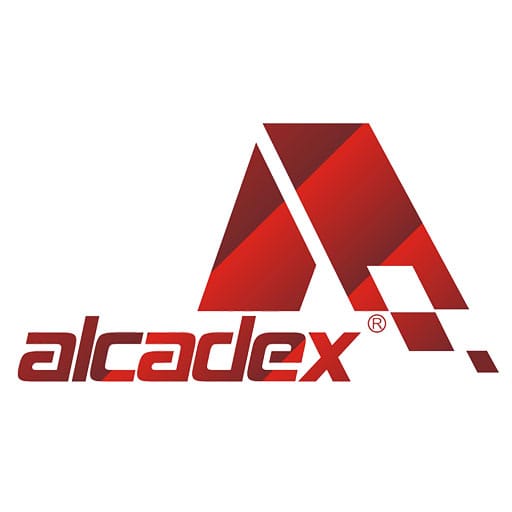

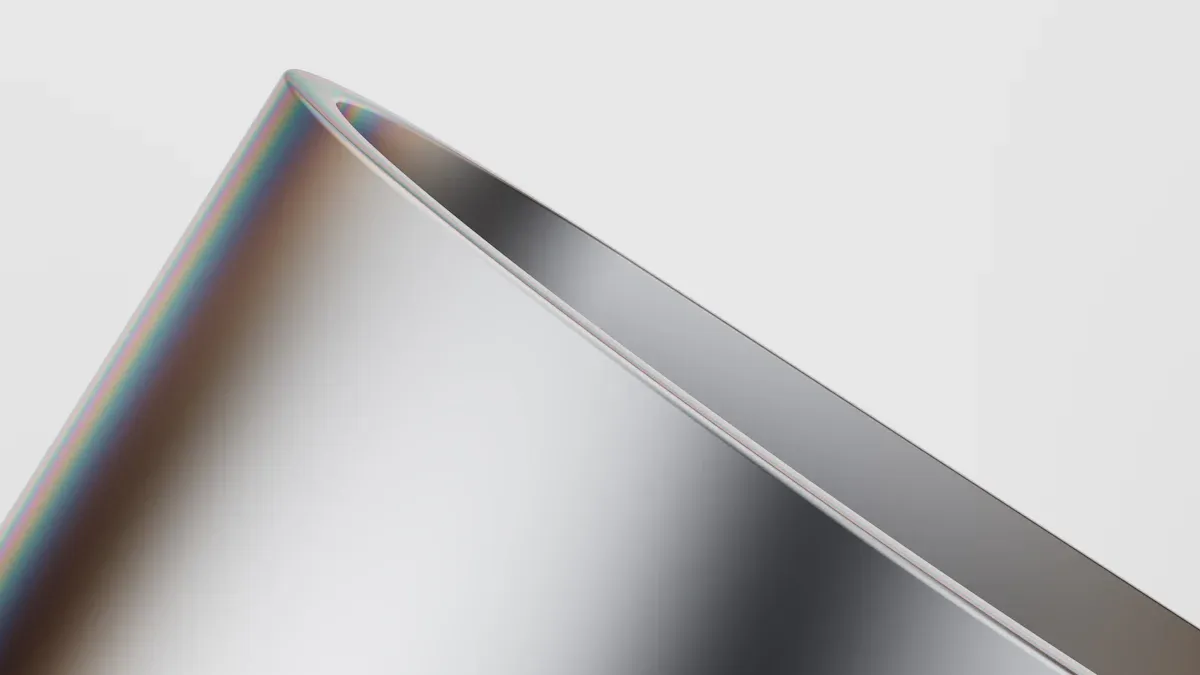 Standard Panels
Standard Panels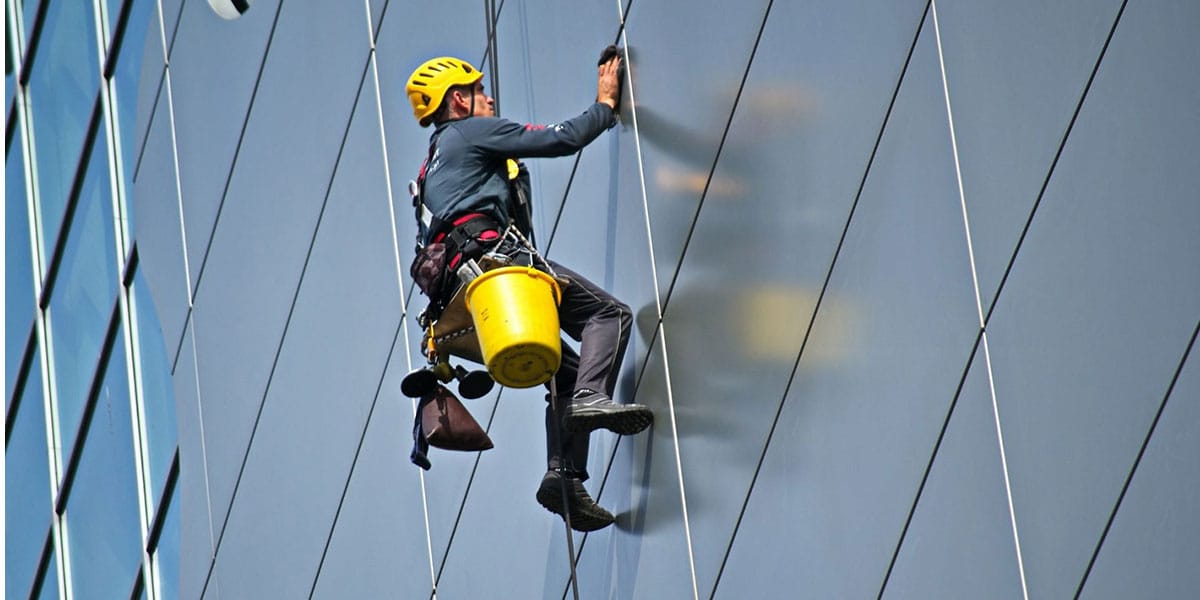 Cleaning
Cleaning